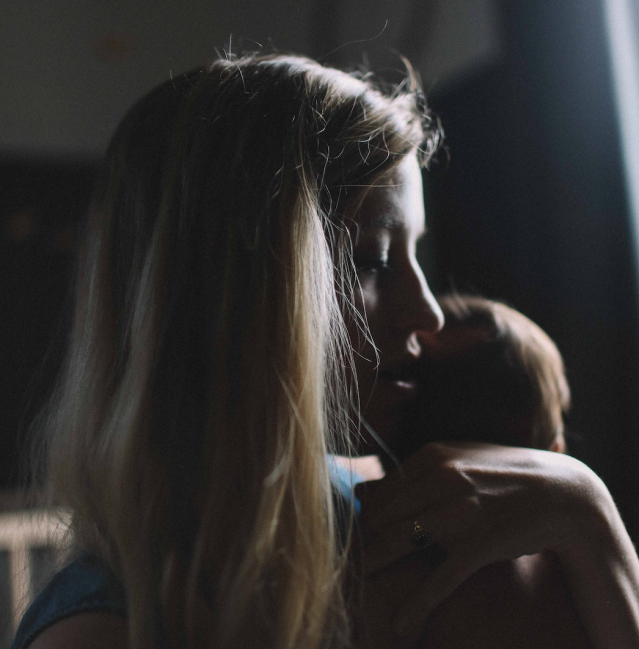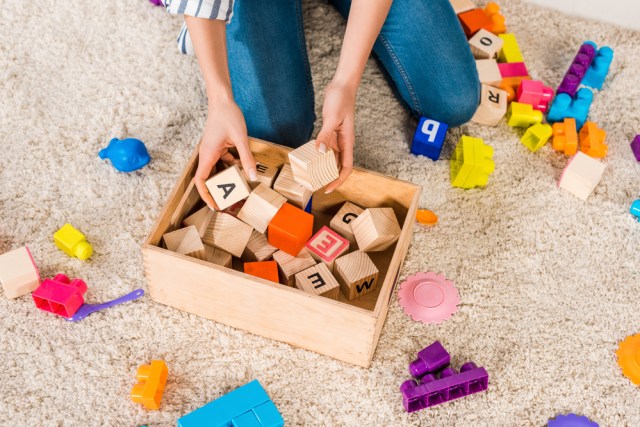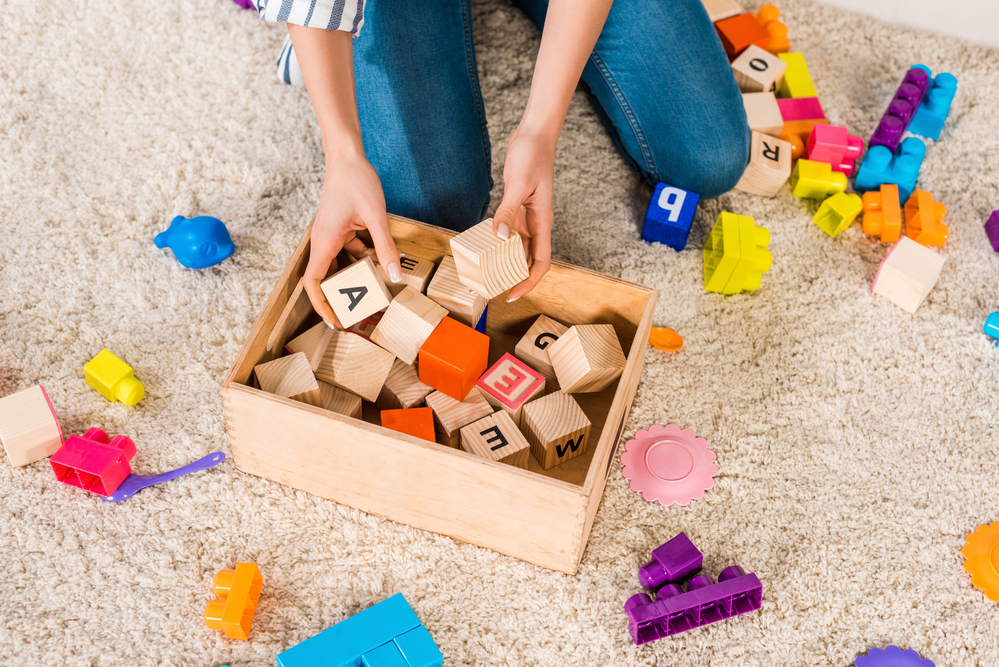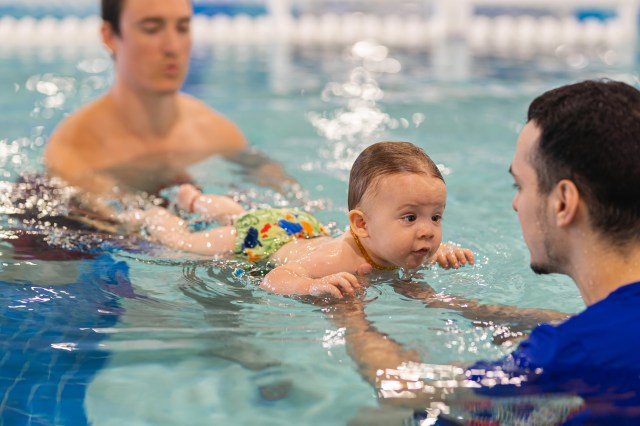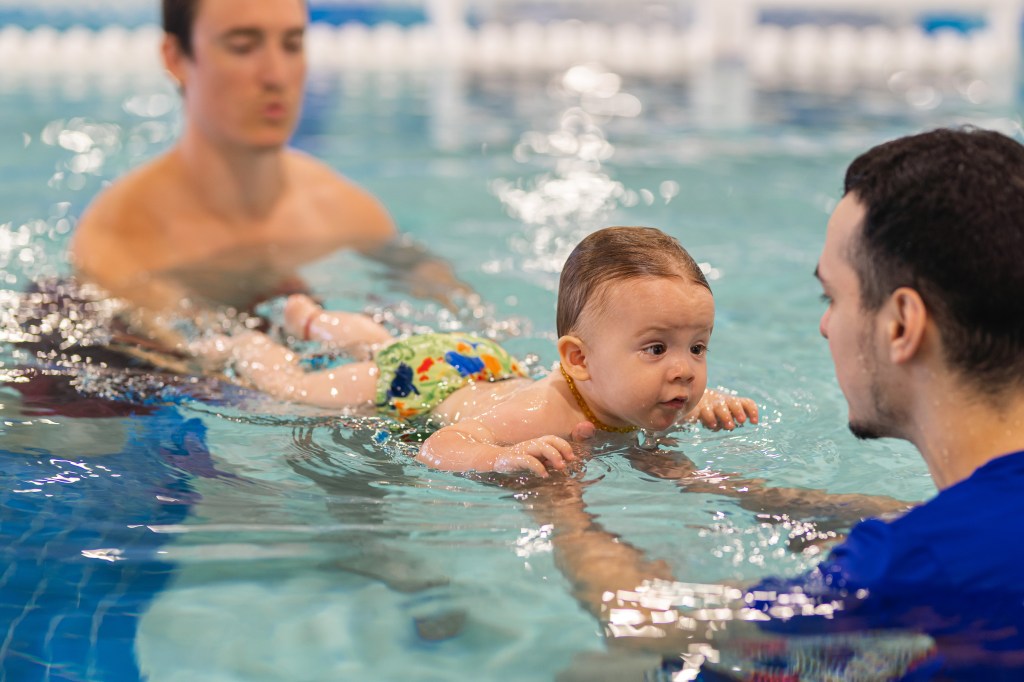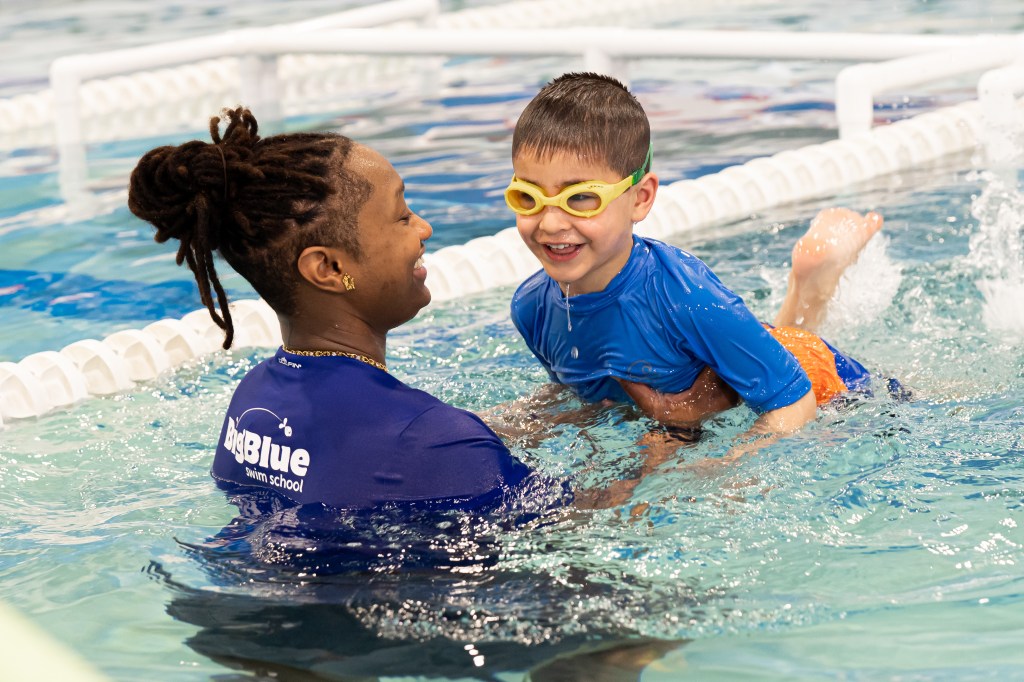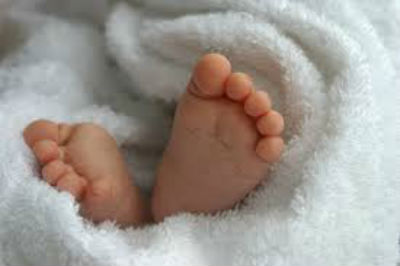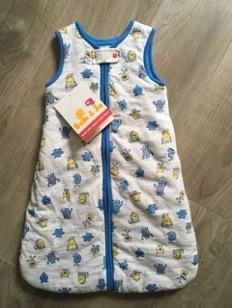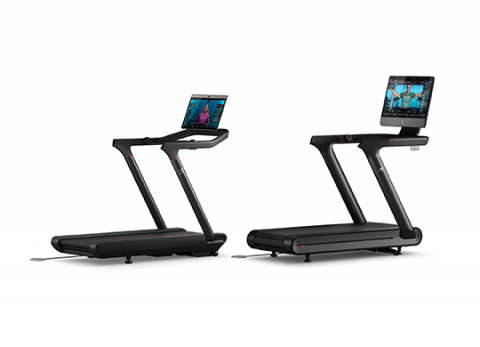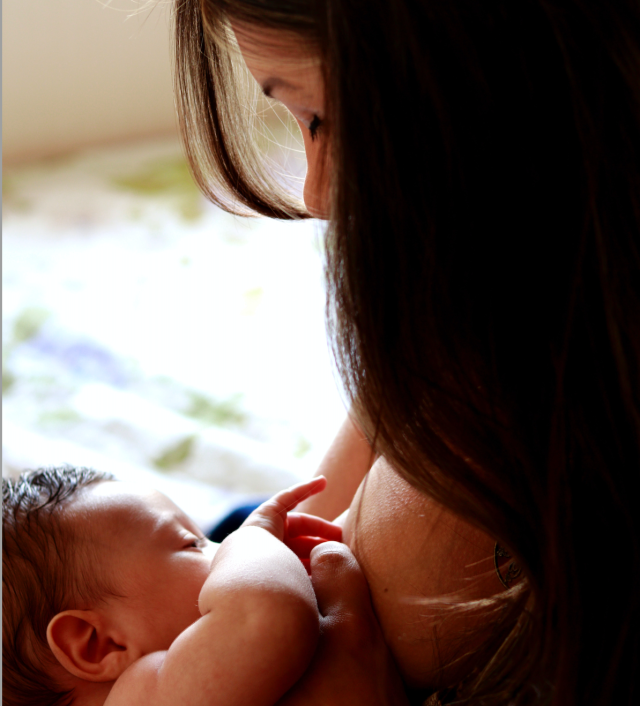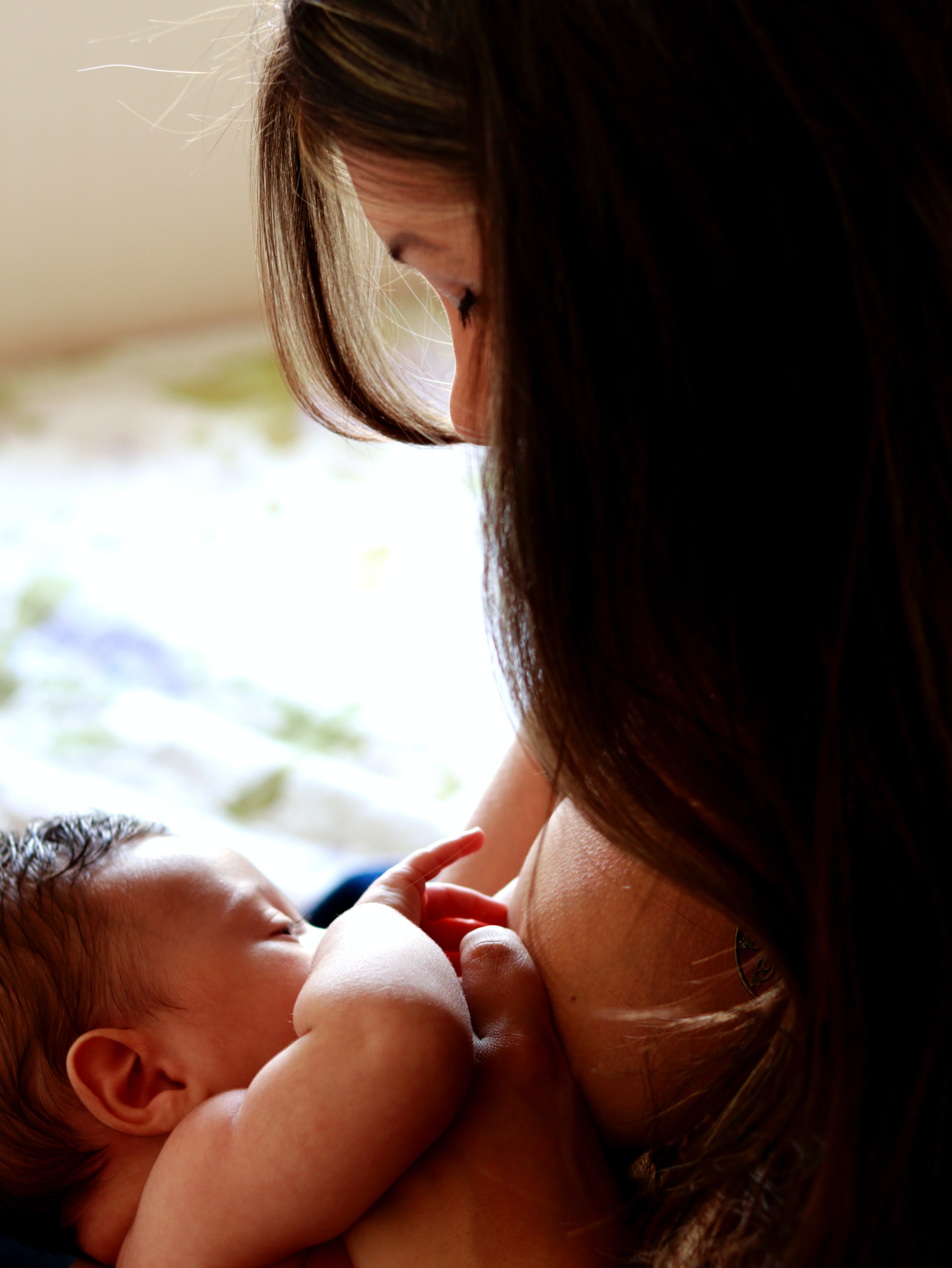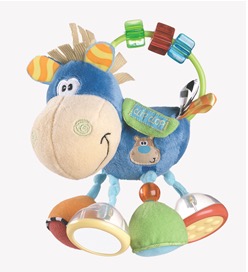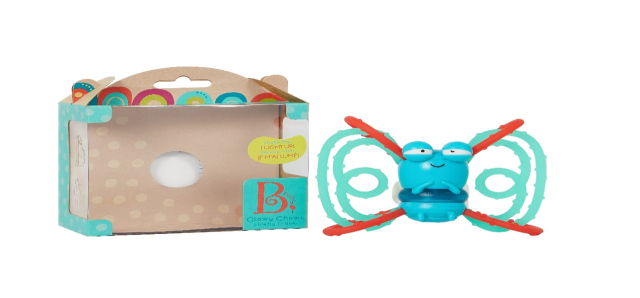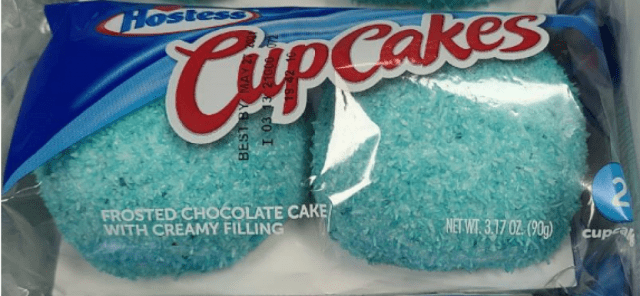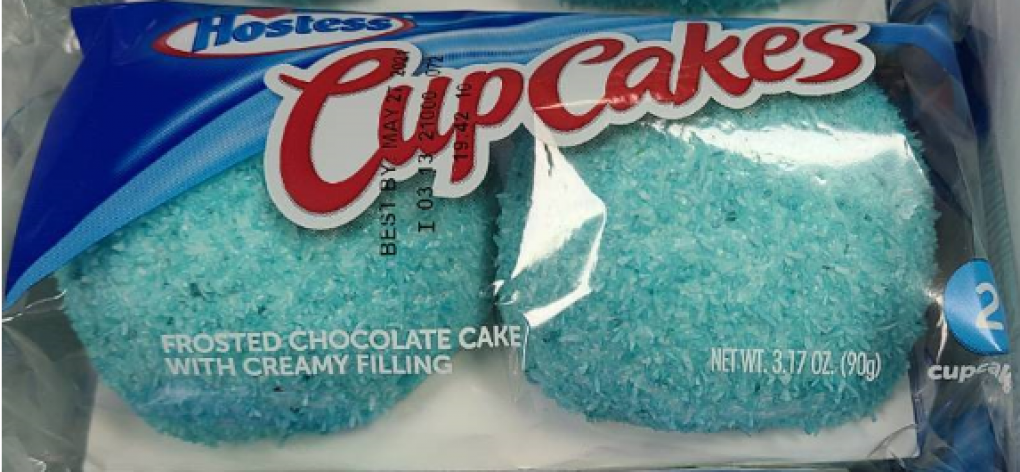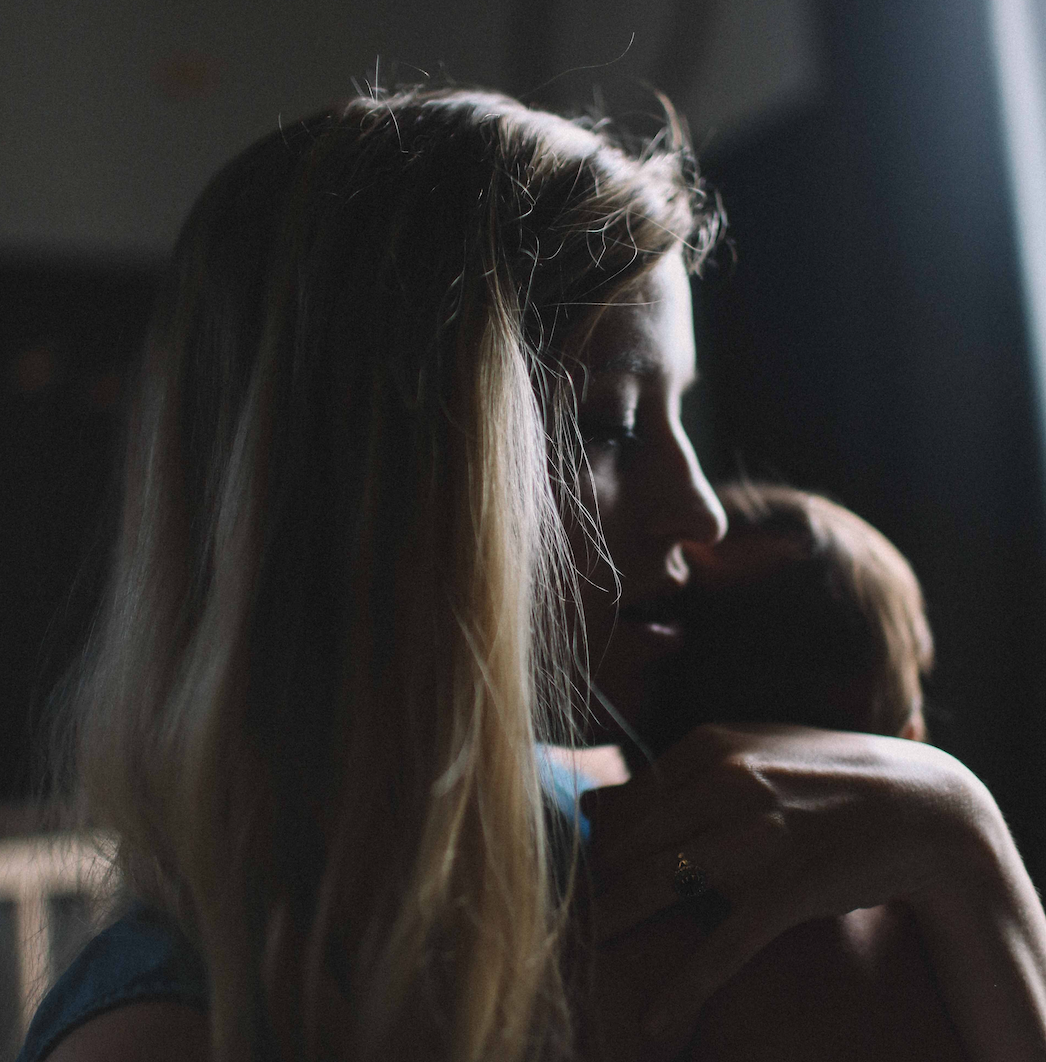
As the American College of Obstetricians and Gynecologists (ACOG) tells us, it’s not uncommon for women to experience feelings of sadness or even depression after giving birth, but how can you tell if what you’re going through is actually postpartum depression?
Let’s take a closer look at what so many women go through to help you better understand what you are experiencing, or may experience. And please, if you have any feelings of depression after giving birth, call your doctor right away so someone can monitor you and ensure your health and safety.
What Are “Baby Blues”?
The normal bouts of sadness that occur for 70–80% of women after giving birth are what the ACOG calls “baby blues.” The best way to think about this is to understand that your body and your way of life are both undergoing marked shifts during this period of time. This is all very normal, and very necessary.
Your body is adjusting physically (including hormonally) as you go from having your baby in the womb to caring for your baby out in the world. Growing a baby and lactating to feed a baby call on your body to perform different functions, so you can see that it is only natural that your body is undergoing some major changes.
This time after birth (and for as long as you are lactating) is certainly different from being pregnant, but it is also not back to your pre-pregnancy “normal”; it is its own new state of being, and you are adjusting to that.
During all this shifting and adjusting, it is natural for women to experience some initial sadness and difficulty caring for their newborn. According to the ACOG, these “baby blues” typically resolve on their own within a few weeks. However, if feelings of sadness or depression persist, you may be dealing with postpartum depression.
5 Signs You May Have Postpartum Depression
Many new mothers don’t even realize that they are depressed. That’s why it is a good idea to have a partner or other support person commit to checking in on you and watching for the signs of postpartum depression. If you do find that you are suffering from any of these signs or symptoms—particularly if you are several weeks past giving birth—seek medical attention as soon as possible. If you are unable to get an appointment with your physician, try your community hotlines for depression.
In the first year after birth, an estimated one in seven American women experience postpartum depression. As discussed above, “baby blues” affect up to 80% of women and can often last for a couple of weeks. If these feelings don’t resolve on their own, though, you may be facing postpartum depression. According to the ACOG, “baby blues” stretching out for 8–10 weeks after birth indicates the postpartum depression condition.
Here are some of the most common signs that you are likely suffering from postpartum depression:
1. Overwhelming feelings of sadness.
2. Feeling fatigued, like you can’t get anything done.
3. Feeling unmotivated to care for yourself or your baby.
4. Having trouble breastfeeding your baby.
5. Feelings of guilt for believing you’re not a good parent.
When postpartum depression is not addressed, new mothers sometimes deal with suicidal ideation and can become a very real suicide risk. Furthermore, when the depression continues to deepen from lack of treatment, the mother can enter the stage of postpartum psychosis. In this doubly dangerous state, the lives of both the mother and her children are at risk.
If you or someone you love shows signs of postpartum depression, contact their doctor right away to secure appropriate treatment. There is no shame in suffering from this condition. It is more common than you think. As common as it is, however, it must be attended to promptly so that mother, baby, and other children are safe.
If you are reading this prior to giving birth, touch base with your obstetrician now to establish a connection with their preferred psychiatric referral. If you have already given birth and are in need, call right away and be prepared to be connected with a counselor in case it takes some time to secure a psychiatric appointment.
The key here is twofold: awareness, then action. If pregnant women and their support people make themselves aware of the signs and necessary actions to address postpartum depression, mothers, fathers, and their children will be safe.
RELATED:
What You Need to Know about Postpartum
5 Ways Lockdown Is like Postpartum
Don’t Ignore These Signs of Postpartum Depression
